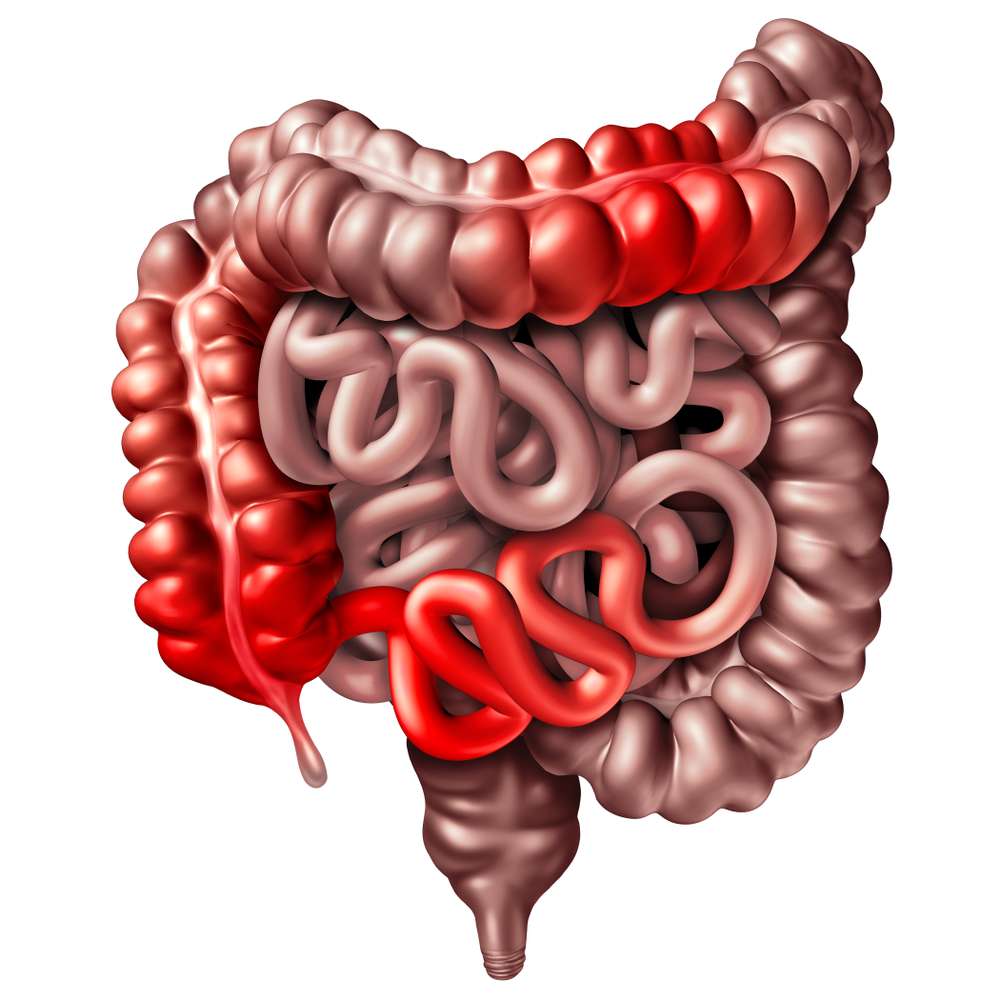
Predicting the Risk of Esophageal Stricture After Endoscopic Submucosal Dissection (ESD): A Nomogram Model
Researchers conducted a study to determine the independent risk factors for esophageal stricture after endoscopic submucosal dissection (ESD) and developed a nomogram model to predict the risk of esophageal stricture. Clinical data and living habits of patients with early esophageal cancer and precancerous lesions who underwent ESD were collected from two hospitals. Age, drinking water temperature, neutrophil-lymphocyte ratio, extent of esophageal mucosal defect, longitudinal diameter of resected mucosa, and depth of tissue invasion were identified as independent risk factors. The nomogram model showed high accuracy in predicting the risk of esophageal stricture, as validated through C-Index, receiver operating characteristic curve (ROC), and calibration curve analyses. The model can help reduce or avoid esophageal stricture and guide clinical practice. Esophageal cancer is a significant global health issue, with China accounting for a majority of cases and deaths. Early diagnosis and treatment are crucial for improving patient survival. ESD has become the preferred treatment for early esophageal cancer, but esophageal stricture is a common complication. This study provides valuable insights into the risk factors for esophageal stricture after ESD and highlights the importance of assessing individualized risks using a nomogram model.
To know more: About the original article click here.
